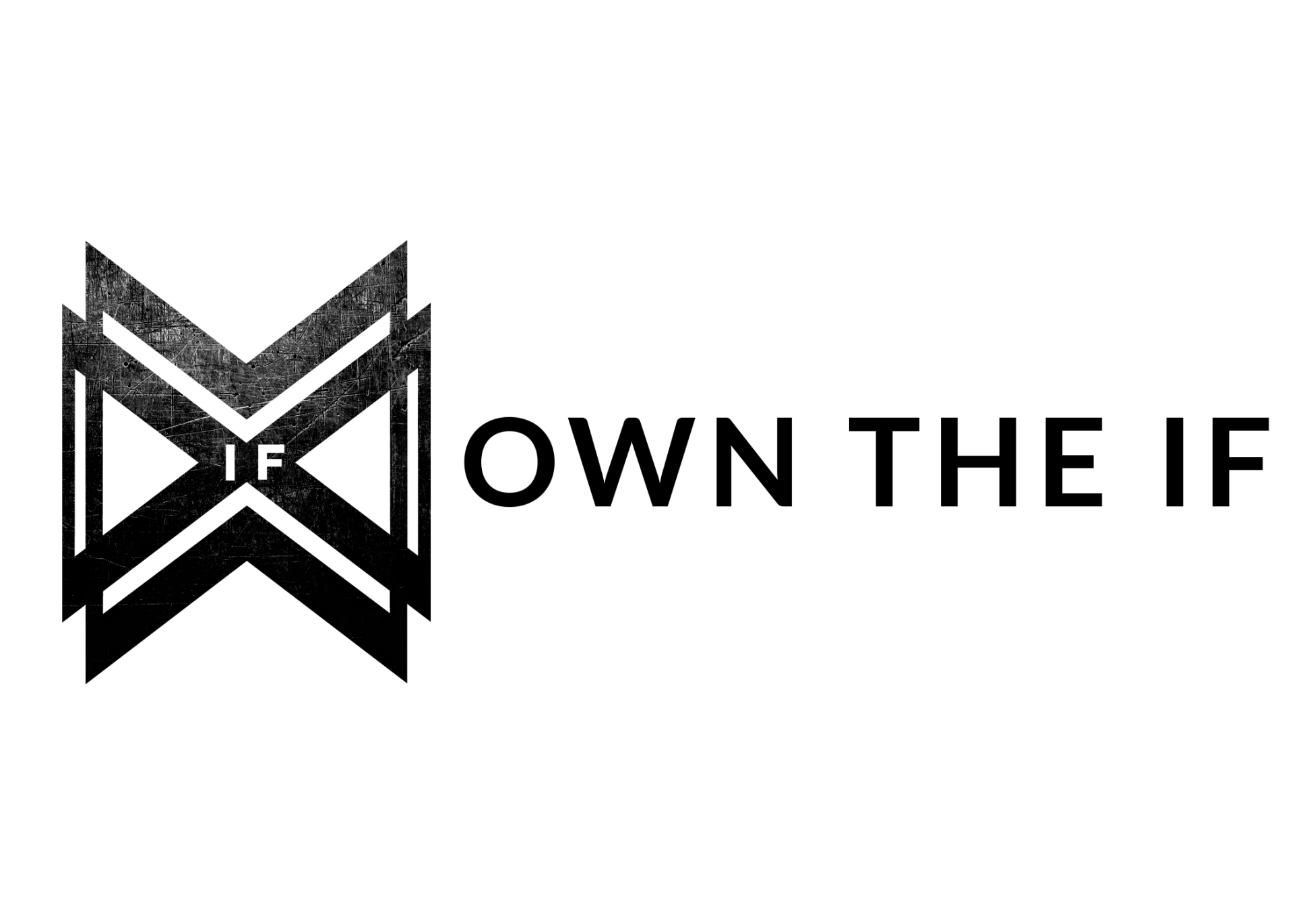Valentine’s Day.
The one day a year when restaurants are packed, expectations are high, and somewhere out there, someone is frantically googling, “Is a stuffed bear lame or romantic?” Meanwhile, kids are making Valentines for their entire class, candy is everywhere, stores are splattered in red, pink, and white, and half the population is rolling their eyes at the whole ordeal.
I’d know—I spent a few years behind the bar at a nice restaurant, working every Valentine’s Day shift. It was prime-time people-watching. I saw it all: first dates so awkward I wanted to slide them a drink on the house, long-term couples who barely looked up from their phones, and the occasional proposal or breakup that came with a side of tiramisu.
One thing was clear: all the overpriced prix fixe menus in the world couldn’t save a date where love languages were lost in translation.
Love isn’t one-size-fits-all. It’s brain chemistry. Neuroscience shows that how we give and receive love depends on how our brains are wired to feel rewarded. It’s why some people need to hear “I love you” while others just want you to take out the trash without being asked.
So before you find yourself panic-buying gifts or swearing off the stupidity of love altogether, let’s break down the neuroscience behind Dr. Gary Chapman’s Five Love Languages—and how to speak them in a way that actually hits home (and maybe even makes a future Valentine’s Day, anniversary, or even the day-to-day less stressful).
Why Love Languages Matter to Your Brain
The Five Love Languages—developed by Dr. Gary Chapman—aren’t just personality quirks. They’re hardwired into our brains.
Your brain is constantly searching for signals of acceptance and safety. When you receive love in your preferred language, your brain releases dopamine and oxytocin—the chemicals responsible for feeling connected and happy. But if your partner’s saying “I love you” with flowers when you just wanted them to help with the dishes, your brain might as well be hearing static on the radio.
Understanding love languages is basically hacking your partner’s brain. It’s like finding the cheat code to connection and avoiding that blank stare you get when your grand gesture completely misses the mark.
How It Works: The Neuroscience Behind the Five Love Languages
So, how do these love languages actually work their magic on your brain? Let’s break down the neuroscience behind each one.
Words of Affirmation – Verbal Validation
Compliments and encouragement give these folks a dopamine rush, boosting self-esteem like a five-star review.
Brain Cheat Code: Be specific. “You’re great” is nice, but “I admire how you handled that situation at work” hits harder. Specific praise lights up the brain’s pattern recognition, making it more memorable.
Acts of Service – Actions Speak Louder
Helping out triggers oxytocin, signaling safety and support. The quickest way to this person’s heart? Tackle their to-do list.
Brain Cheat Code: Small, consistent actions work best. The brain loves predictability, so little efforts over time build trust. Bonus: An empty sink can be more romantic than flowers.
Receiving Gifts – Thoughtful Tokens
It’s about the thought, not the price. Their reward center lights up when they get something that shows you were thinking of them.
Brain Cheat Code: Make it personal. Thoughtful gifts activate memory and emotion centers. A trinket tied to an inside joke beats generic chocolates every time.
Quality Time – Undivided Attention
Focused, intentional time together releases oxytocin, building trust and intimacy.
Brain Cheat Code: Put down the phone. Multitasking kills oxytocin production. Be present—even if it’s just comfortable silence.
Physical Touch – The Power of Contact
Touch releases oxytocin and lowers cortisol (stress). A hug, shoulder squeeze, or just sitting close builds safety and connection.
Brain Cheat Code: Even brief contact counts. A 20-second hug releases oxytocin. Not big on PDA? A quick touch on the arm works too—just don’t be creepy about it.
When Love Languages Don’t Match
Sometimes, your love language and your partner’s don’t align. That’s normal—frustrating, but normal. The key isn’t to force your style on them but to learn to “speak” their language. This means paying attention to what makes them feel appreciated and trying it out, even if it doesn’t come naturally to you. Remember, love languages are meant to bridge gaps, not be used as ammo in arguments. Telling them you took out the trash when they wanted you to notice and compliment their new sweater probably won’t go over well. The goal is connection, not scorekeeping.
Also, remember that we’re not all just one love language. Most of us are a combination, with one or two standing out more than the rest. Knowing this can help you mix things up and keep the connection strong, even as needs and situations change.
Bringing It Home:
Love isn’t just about how we feel—it’s about how we make others feel.
Neuroscience shows that when we receive love in our preferred language, our brains release chemicals that make us feel safe, valued, and connected. So, even if it feels weird to say sappy things or buy that oddly specific gift, it’s worth it. It’s like speaking a foreign language—you might butcher the accent, but the effort goes a long way. It’s not about grand gestures; it’s about showing love in a way that really hits home.
Good luck—love’s tricky, but at least now you’ve got some neuroscience on your side.


